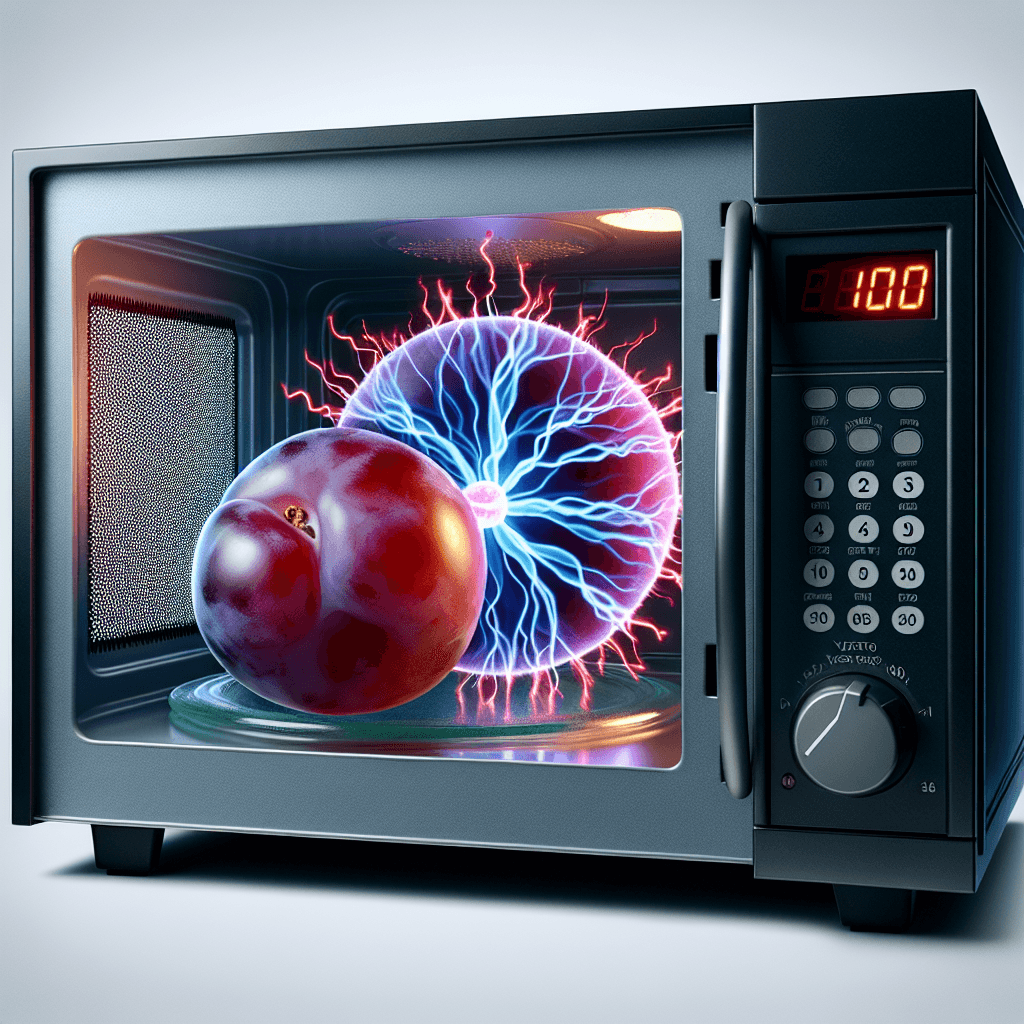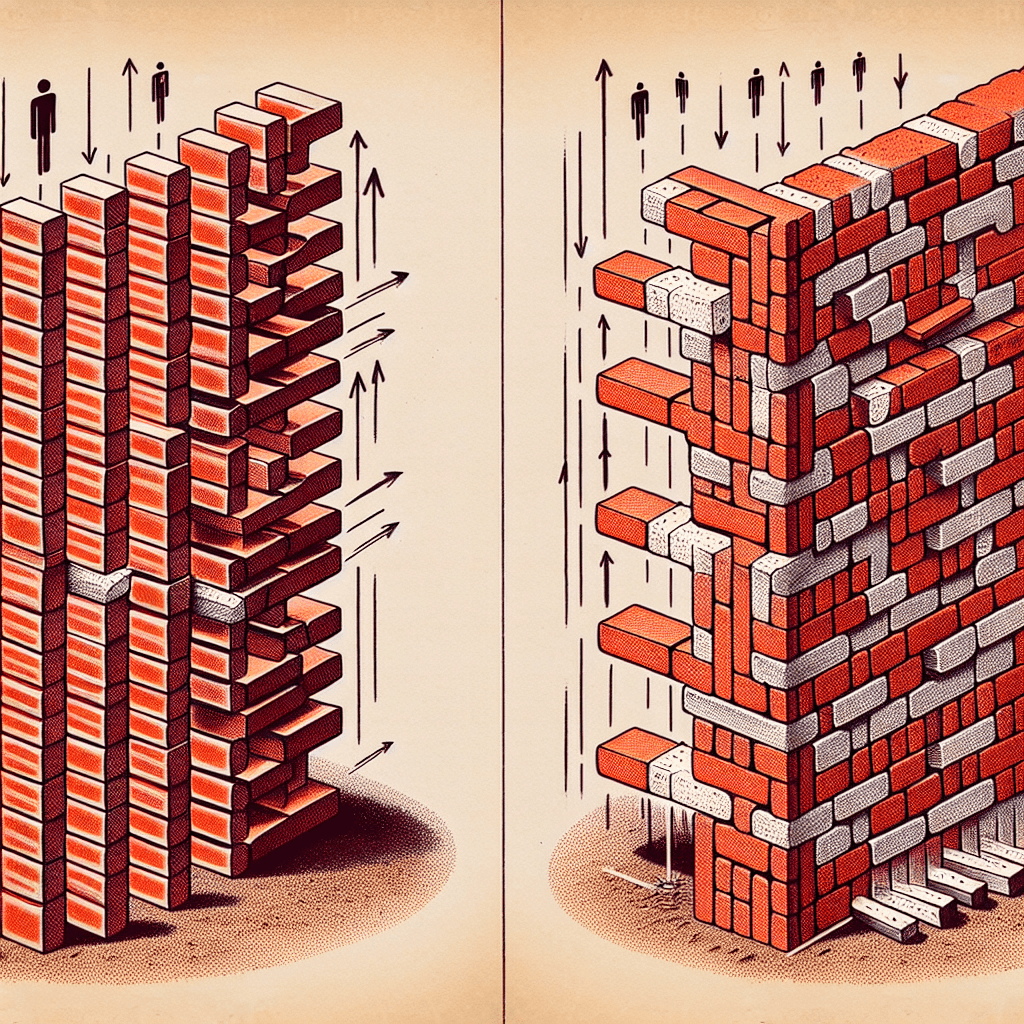Why can microwaving two grapes together create a ball of plasma
It’s the viral kitchen experiment that seems to defy logic: two grapes, one microwave, and a brilliant ball of plasma. Discover the shocking physics that makes this fiery phenomenon possible.


Too Long; Didn't Read
Grapes are the right size to trap and focus microwave energy into a tiny, powerful hotspot. When two grapes are next to each other, their hotspots combine in the gap between them, creating an intense field that rips electrons from atoms and ignites a ball of plasma.
From Fruit to Fireball: Unpacking Why Microwaving Two Grapes Together Can Create a Ball of Plasma
Have you ever stumbled across one of those viral videos showing a sliced grape erupting into a fiery ball of light inside a microwave? It seems like a simple, if not dangerous, party trick. But this kitchen experiment is more than just a spectacle; it’s a fascinating demonstration of complex physics. For years, the science behind it was misunderstood, but recent studies have finally illuminated the truth. This post will break down the surprising science that answers the question: Why can microwaving two grapes together create a ball of plasma? We'll move past the myths and dive into the real forces at play, revealing how this common fruit can become a vessel for the fourth state of matter.
What's Really Happening Inside the Microwave?
Before we get to the grapes, let’s quickly recap how a microwave oven works. It uses a magnetron to generate microwaves, a type of electromagnetic radiation. These waves bounce around inside the oven's metal box and are particularly good at exciting water molecules. When water molecules in your food absorb this energy, they vibrate rapidly, creating friction and, consequently, heat.
A single grape is composed mostly of water, making it a perfect target for these microwaves. But one grape alone won't do much. The real magic begins when you place two grapes (or two halves of a single grape) next to each other.
The Real Culprit: A Trapped Wave and a "Hotspot"
For a long time, the prevailing theory was that a small bit of skin connecting the two grape halves acted like an antenna, creating a short circuit. This idea was intuitive but ultimately incorrect.
Research published in the Proceedings of the National Academy of Sciences revealed the true mechanism, which is far more elegant. Here’s what’s actually going on:
- Grapes as Resonators: A grape’s size (a few centimeters) is coincidentally perfect for trapping the wavelength of the oven's microwaves (around 12 cm). The grape essentially becomes a resonator, causing the microwave energy to bounce around and intensify inside it, much like sound echoes and builds in a concert hall.
- Focusing the Energy: When you place two grapes right next to each other, the energy trapped within each one couples together. This combined energy becomes intensely focused in the tiny space or "air gap" between them.
- Creating a Hotspot: This process creates an incredibly powerful electromagnetic field—a "hotspot"—at the point where the grapes nearly touch. The field in this tiny spot can become hundreds of times stronger than the general field inside the microwave.
This phenomenon isn't unique to grapes. Scientists have replicated the effect using water-filled hydrogel beads of a similar size, proving it’s the shape and water content—not the "grape-ness"—that matters.
Igniting the Plasma: From Hotspot to Fireball
This intense electromagnetic hotspot has enough power to do something dramatic. It rips electrons from the atoms of air and the electrolytes (like potassium and sodium) naturally present in the grape's skin.
This process is called ionization. The result is a superheated cloud of charged particles (ions and free electrons). This ionized gas is plasma, often called the fourth state of matter, and it's the same stuff that makes up stars and lightning. Once this tiny ball of plasma forms, it can absorb microwaves directly, causing it to heat up rapidly and shoot upwards in the spectacular fiery plume seen in the videos.
A Word of Warning
While the science is captivating, this experiment is not one to try at home. Creating plasma can seriously damage your microwave oven. The intense heat can scorch the interior, and the electrical discharge can potentially destroy the magnetron that powers the whole appliance. It's a phenomenon best enjoyed through videos and scientific explanations.
In conclusion, the grape plasma fireball isn't caused by a simple short circuit but by a sophisticated physics principle known as Mie resonance. The grapes act as lenses, focusing microwave energy into a powerful hotspot that is strong enough to ionize the air and create plasma. This kitchen curiosity serves as a fantastic, real-world example of how electromagnetic waves interact with matter. It's a powerful reminder that amazing scientific phenomena are often hidden in the most ordinary of places—just be sure to leave the experiments to the professionals.
More Articles

Why is the Statue of Liberty green instead of copper-colored?
She didn't always have that famous green glow; discover the 30-year chemical reaction that transformed Lady Liberty from a shiny copper statue into the iconic symbol we know today.

Why are the bricks in a wall staggered instead of stacked in straight columns?
That familiar staggered pattern on a brick wall isn't for looks; it’s the crucial engineering trick that prevents a stable structure from becoming a weak collection of pillars ready to topple.

Why were many ancient world maps drawn with the South at the top?
Putting South at the top of a map wasn't an ancient mistake; it was a deliberate choice that reveals a worldview we have almost completely forgotten.